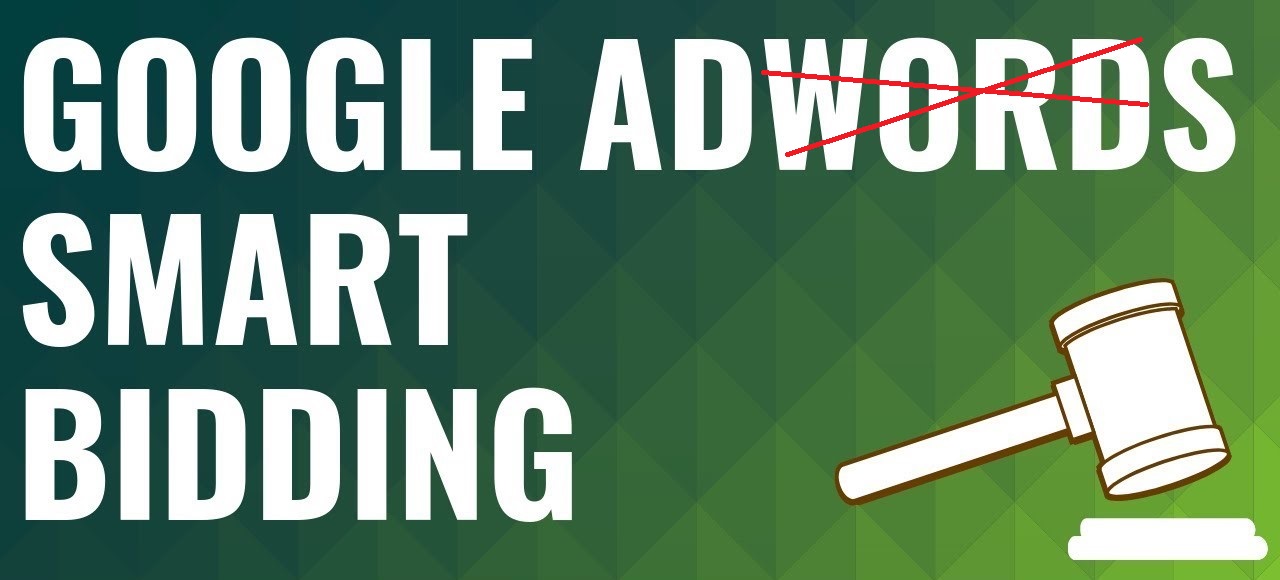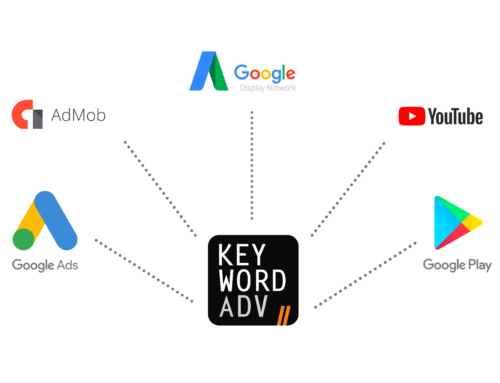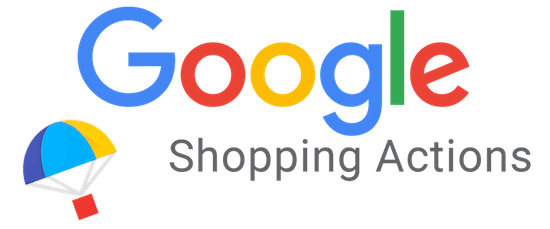Many new and some existing Google Ads users have been getting calls from Google, with the representative recommending how they can improve their account’s performance. One of the recommendations being made is to use Google’s “Automated Bidding.” But should you do it without knowing how it works?
While automated or smart bidding has worked for some people, others may not be thrilled with the results. The fact is that smart bidding isn’t exactly smart, and it only works in some cases. It is also down to you when it comes to choosing how it works. That’s why it is essential to know how the campaigns’ bidding is being automated by Google’s AI.
5 Types of Automated Bidding
At the moment, there are 5 types of bidding available. Each type of bidding is geared towards a different goal in mind. It is important to remember that Smart Bidding works differently for each option.
Impression Share – The goal of this Smart Bidding feature is to get as many impressions as possible. Since there are only a limited number of spots on Google Ads each day, for your target keyword, this “Target Impression Share” feature ensures that you get a certain percentage of those impressions for the location you’re targeting. How and where the ad goes will be automatically determined to maximize impressions. The feature is best used by businesses that want to build brand awareness.
Maximize Clicks – The goal of this is to send as many visitors to a website as possible within a given budget. It should be used by businesses who want to introduce their products and services to most customers.
Maximize Conversions – As the term suggests, it is meant to get as many conversions. Conversions can be defined as inquiries and sales. You have to set a daily budget and then leave smart bidding to do the rest. Google’s machine learning will determine the overall CPC for each auction, so there is no need to provide a CPC or CPA or define a ROAS for the target.
Target CPA – The goal here is for the AI to set bids so that you get the most conversions while keeping your average cost-per-acquisition goal in mind. Cost per acquisition is generally defined as what you are willing to pay for every lead that comes through the advertisement.
Enhanced Cost-Per-Click – Using this strategy will help to automatically adjust your manual bid, which can change by either increasing or decreasing. The goal is to check the click’s likelihood of a conversion. It is best suited for advertisers who would rather set the core bid manually and let smart bidding handle the rest.
Conclusion – Which Smart Bidding Feature Works Best?
All of the above are goal dependent, most marketers with some experience using Google Ads will find eCPC to be the best and safest bet. It offers you the ability to leverage Google’s smart bidding features, which improves the chances of users converting by driving qualified traffic. However, you’ll always want to carefully consider your goals before choosing an option for the best-intended results.








